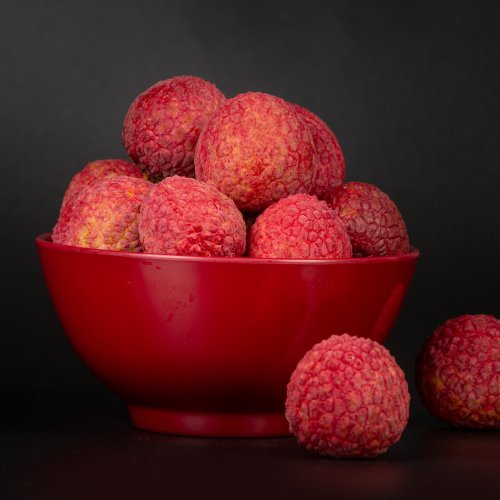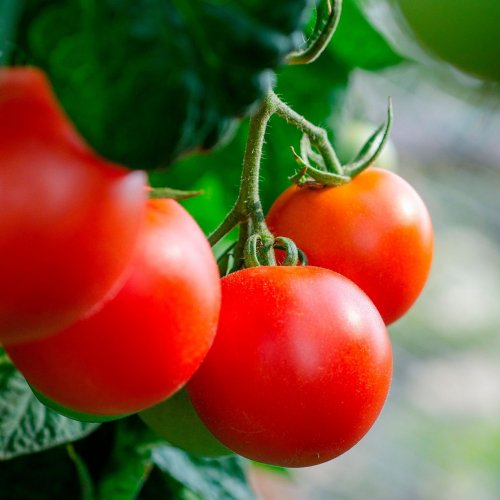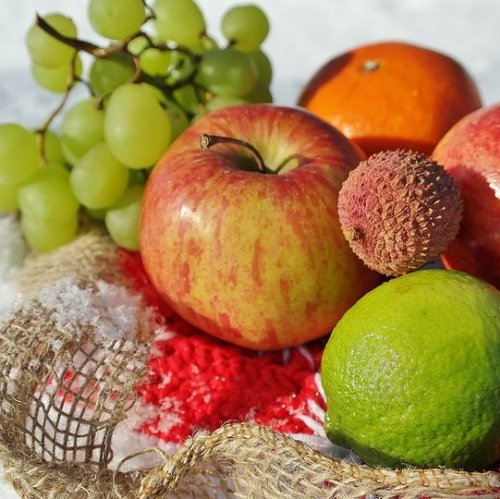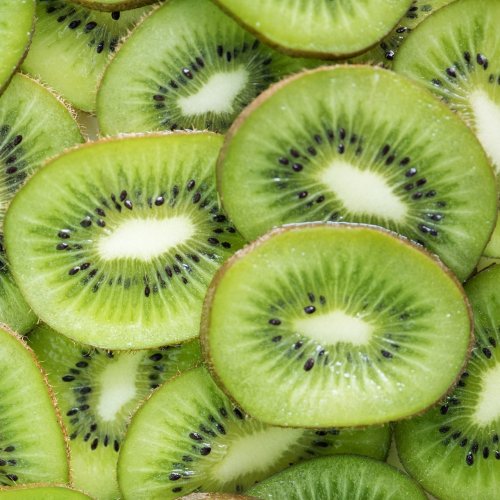Quiz: What Is This Fruit Called? 20 Trivia Questions with Pictures
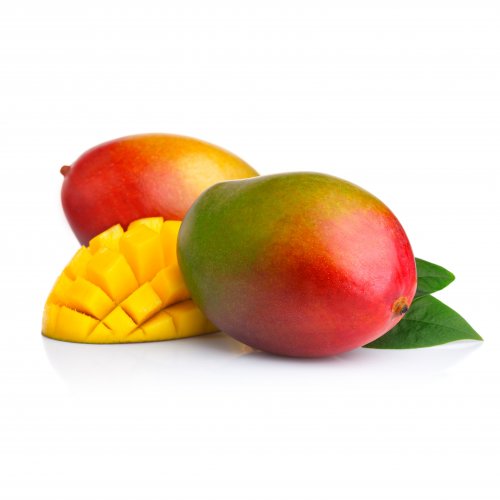
Free online printable quiz with multiple-choice questions (MCQ) without registration.
Fruit is the healthiest treat in the world! They enrich our bodies with vitamins and other beneficial substances. Do you like them? Do you know them? Today we offer you an interesting test, which will test your knowledge. The
Quiz "What is this fruit called?" that we have prepared for you today consists of 20 multiple choice trivia questions with answers, pictures and hints. Some of the questions are easy and others will make you think hard. Try every single one!
Test yourself
Found a mistake? Select it and press Ctrl+Enter
For each question choose one of the multiple answers then click done to check your results.

